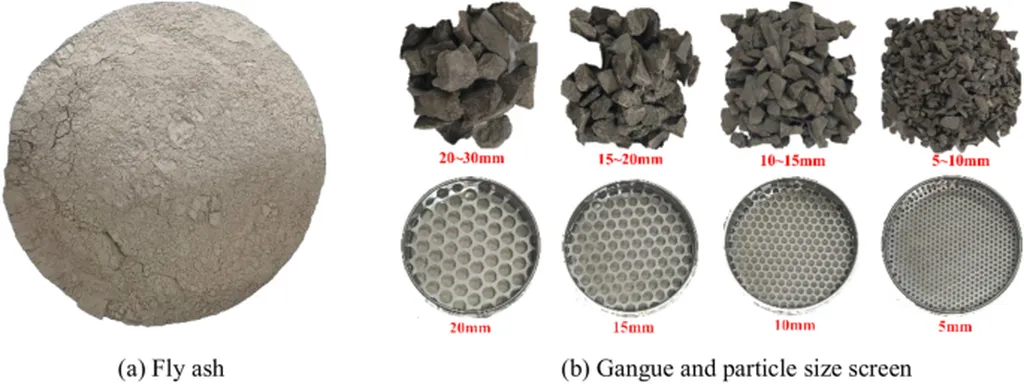In the depths of the Earth, where temperatures soar and pressures mount, engineers face a formidable challenge: ensuring the integrity of deep rock grouting. This critical process, essential for stabilizing underground structures and preventing groundwater inflow, is about to get a scientific upgrade, thanks to groundbreaking research from Sichuan University.
Zhipeng Xu, a researcher at the College of Water Resource & Hydropower at Sichuan University in Chengdu, China, has been delving into the effects of elevated ground temperatures on cement grouts. His findings, published in a recent study, could revolutionize how we approach deep rock grouting, particularly in the energy sector.
Deep underground, temperatures can climb to 35°C (95°F) or more, significantly impacting the behavior of cement grouts. Xu’s research reveals that at this critical temperature, the properties of thick cement grout—those with a water-to-cement ratio of less than 0.8—begin to change dramatically. “We found that temperatures of 35°C can lead to significant improvements in rheological parameters, accelerating the setting of the grout and increasing its time dependence,” Xu explains. This means that grouts can become more stable and durable under high-temperature conditions, a crucial factor for long-term stability in deep rock structures.
But the story doesn’t end with improved stability. Xu’s research also shows that high temperatures can enhance the porosity and creep deformation of hardened cement grout. Creep, the tendency of a solid material to move slowly or deform permanently under the influence of mechanical stresses, is a significant concern in deep rock engineering. By understanding and optimizing this behavior, engineers can design more resilient and safer underground structures.
The implications for the energy sector are immense. As we delve deeper into the Earth in search of geothermal energy, oil, and gas, the need for reliable and durable grouting solutions becomes ever more pressing. Xu’s research provides a valuable reference for optimizing mixture designs, enhancing grouting quality, and ultimately improving safety in these challenging environments.
One of the most intriguing aspects of Xu’s work is the development of a new constitutive model. This model, which couples the Burgers model with a fractional derivative-based Abel dashpot in series, offers a more accurate characterization of the creep behavior of hardened cement grout. This could lead to more precise predictions of grout performance under various conditions, paving the way for innovative engineering solutions.
As we look to the future, Xu’s research opens up exciting possibilities. By understanding the complex interplay between temperature and grout properties, engineers can develop more effective grouting strategies, reducing risks and enhancing the longevity of underground structures. This could be a game-changer for the energy sector, enabling safer and more efficient extraction of resources from deep rock formations.
The study, published in the journal “Deep Underground Science and Engineering” (translated from Chinese as “Deep Underground Science and Engineering”), marks a significant step forward in our understanding of deep rock grouting. As we continue to push the boundaries of what’s possible underground, research like Xu’s will be instrumental in shaping the future of the industry. So, the next time you hear about a deep underground project, remember that the key to its success might just lie in the humble cement grout—and the science behind it.

